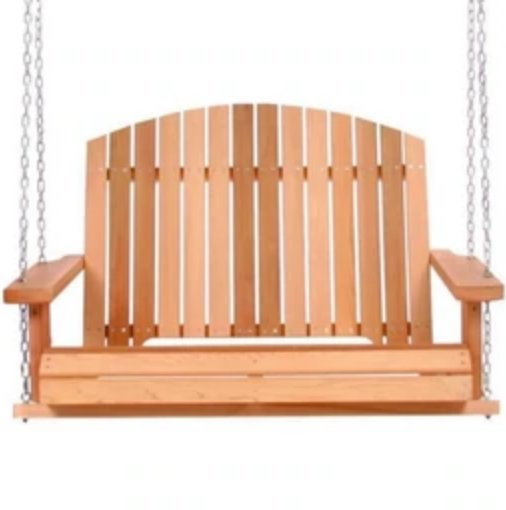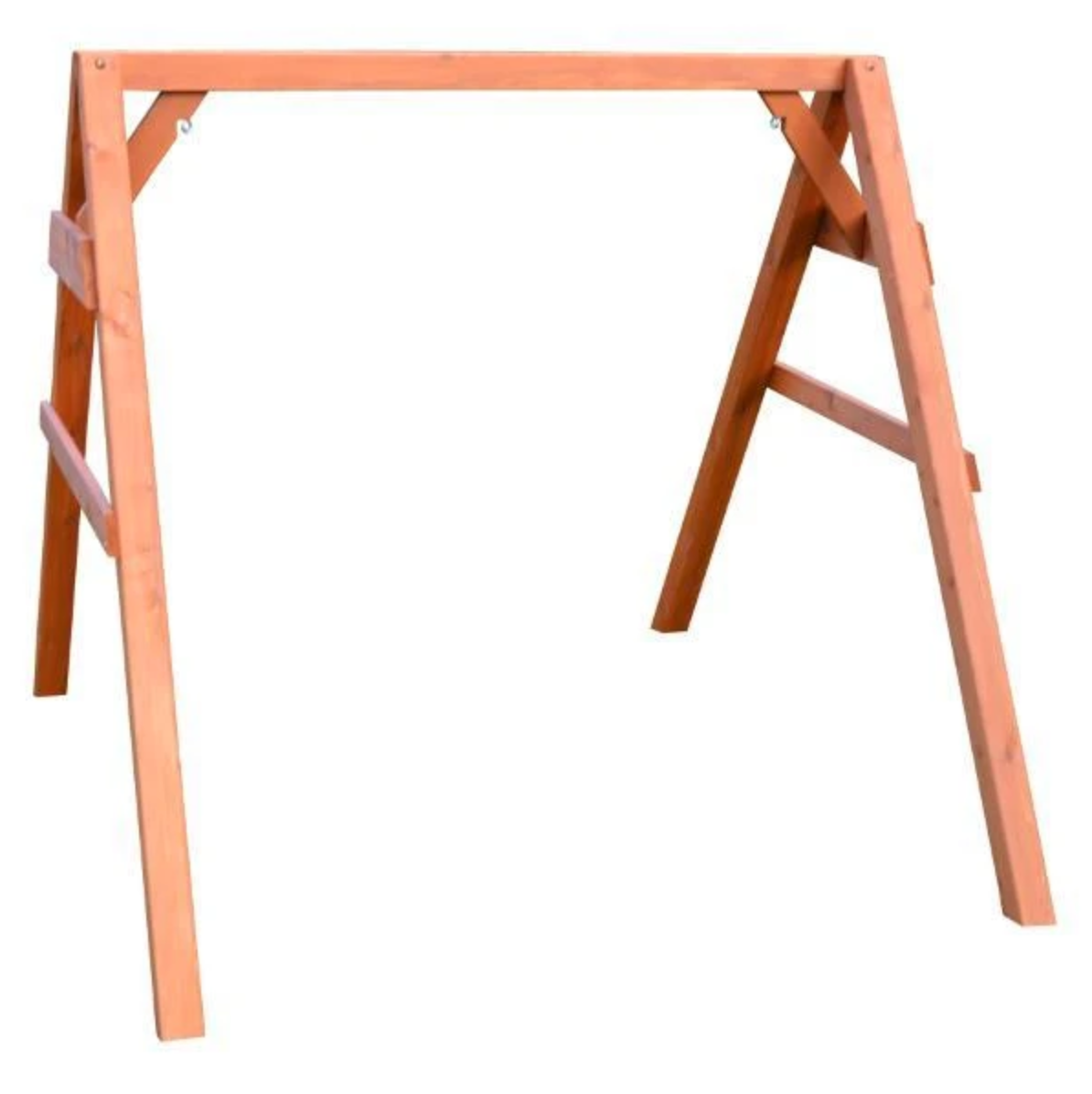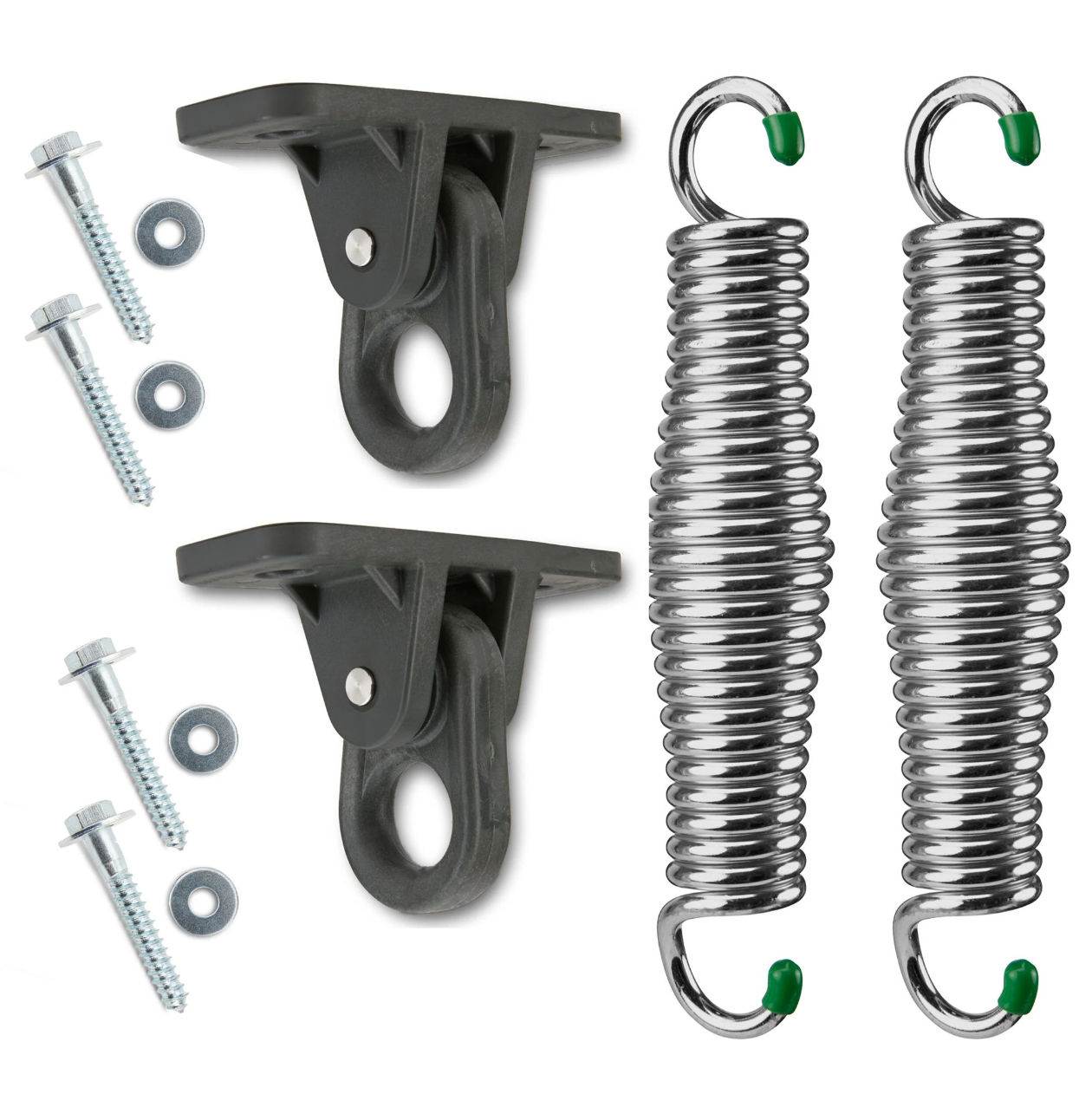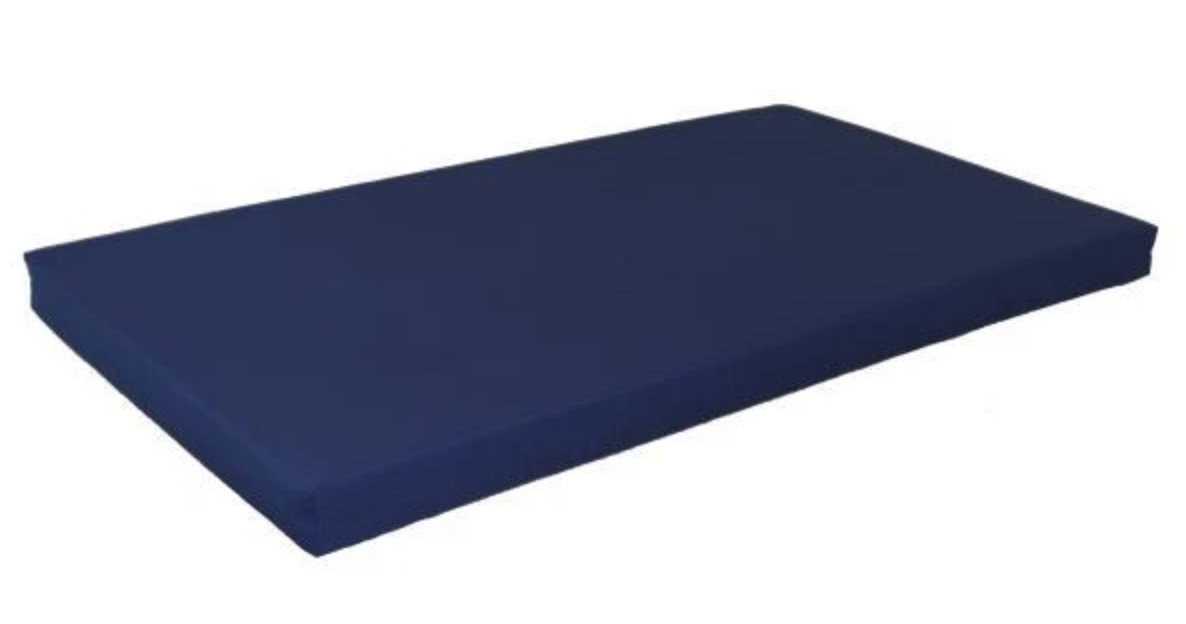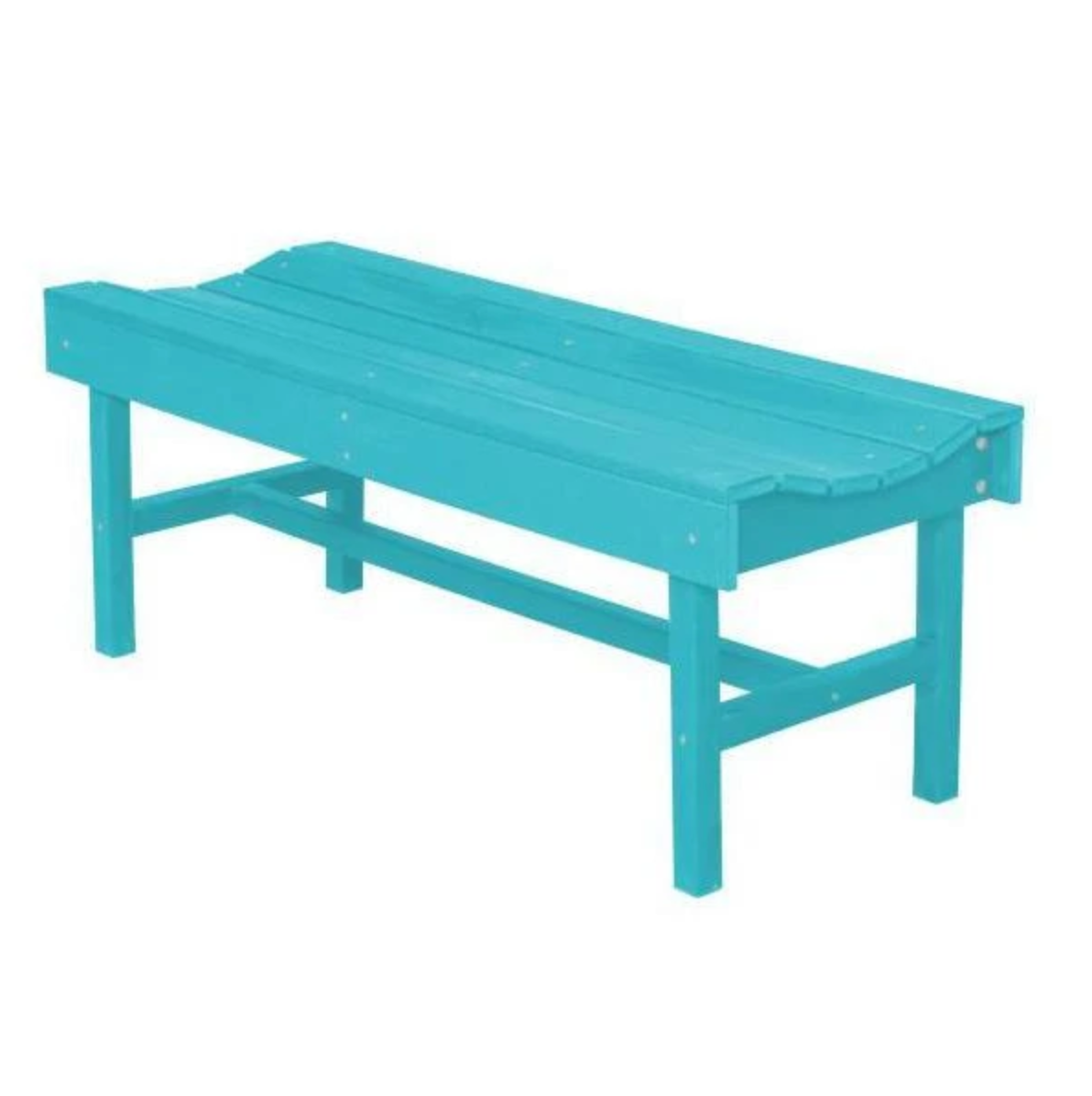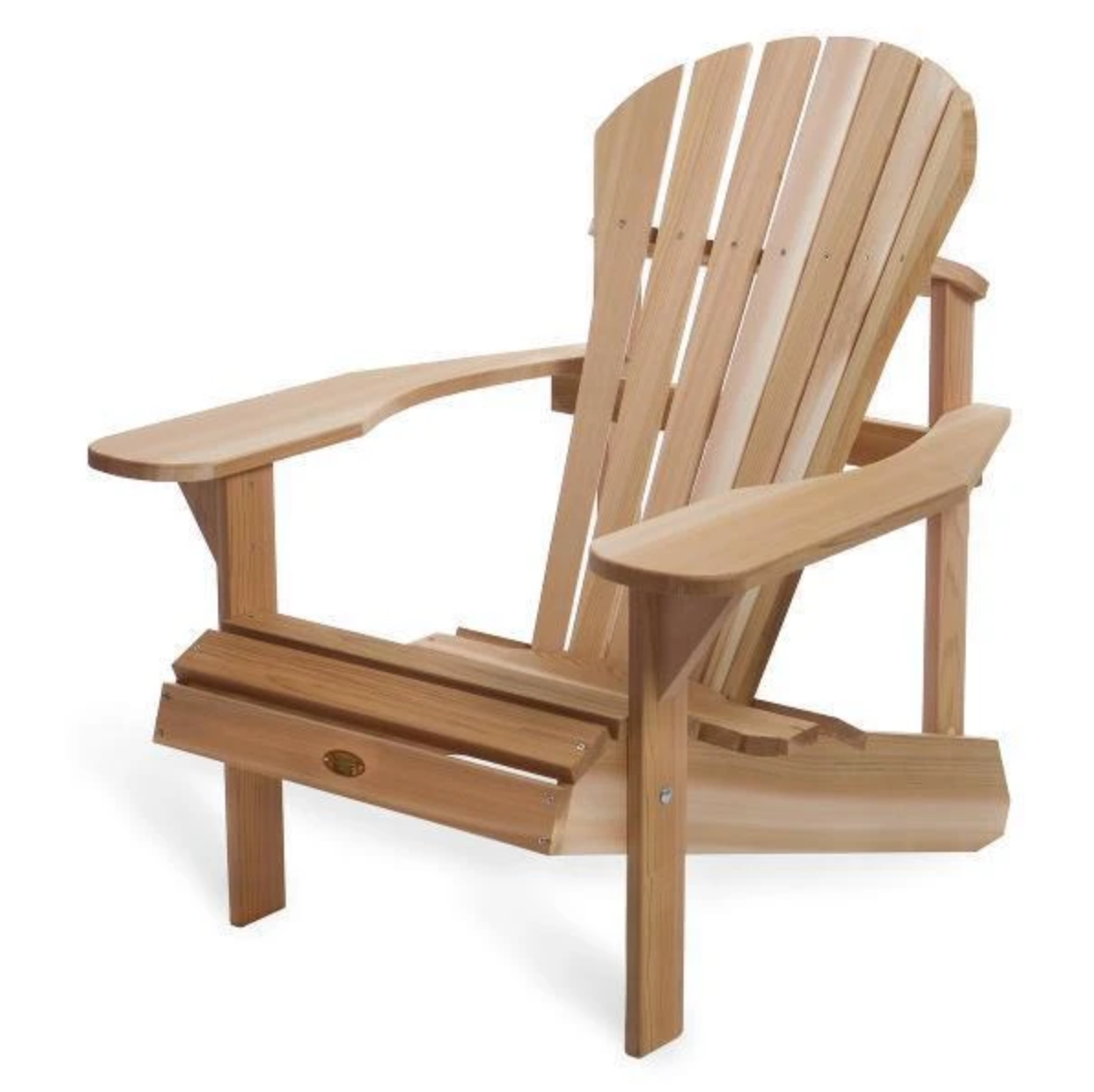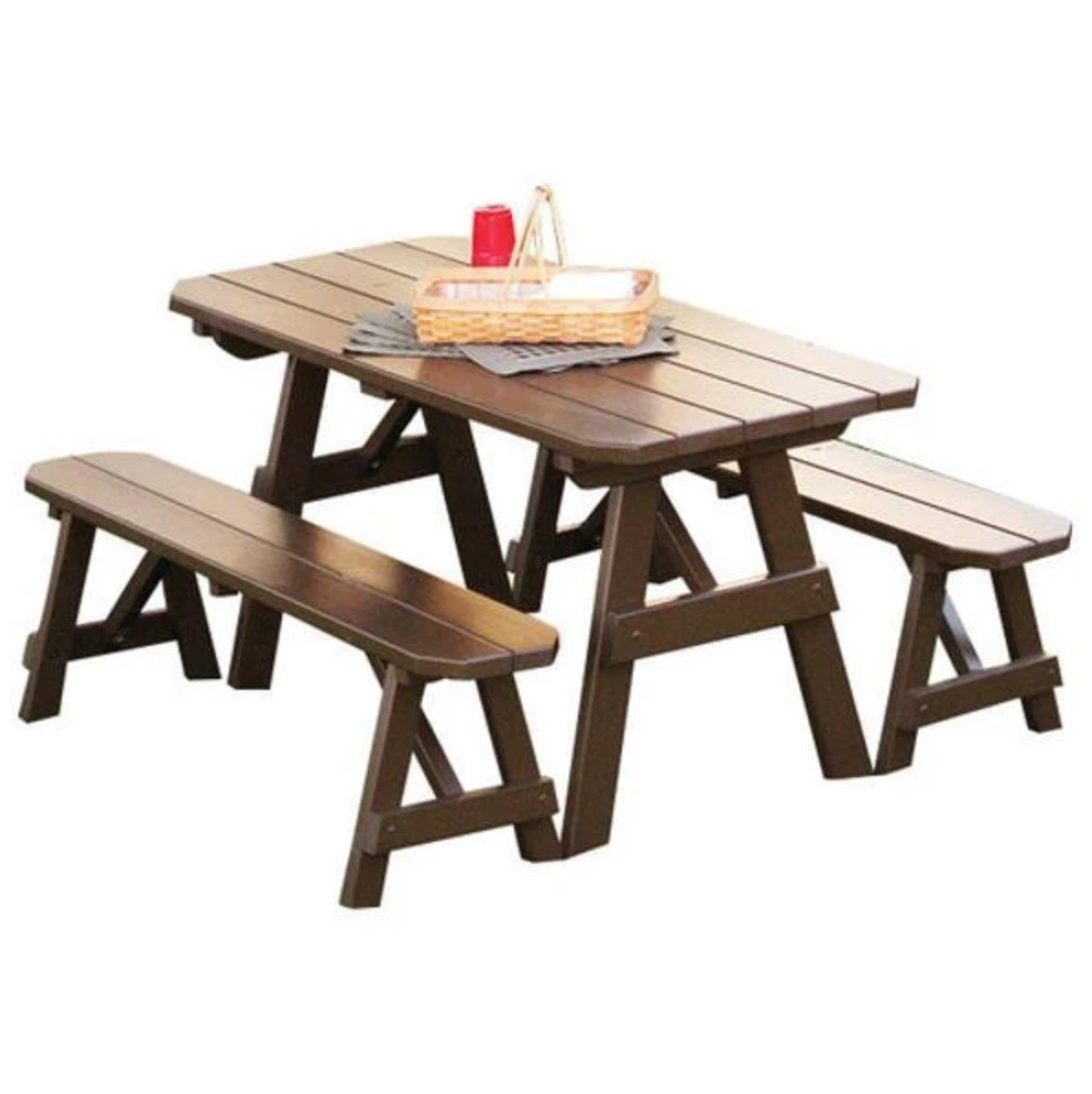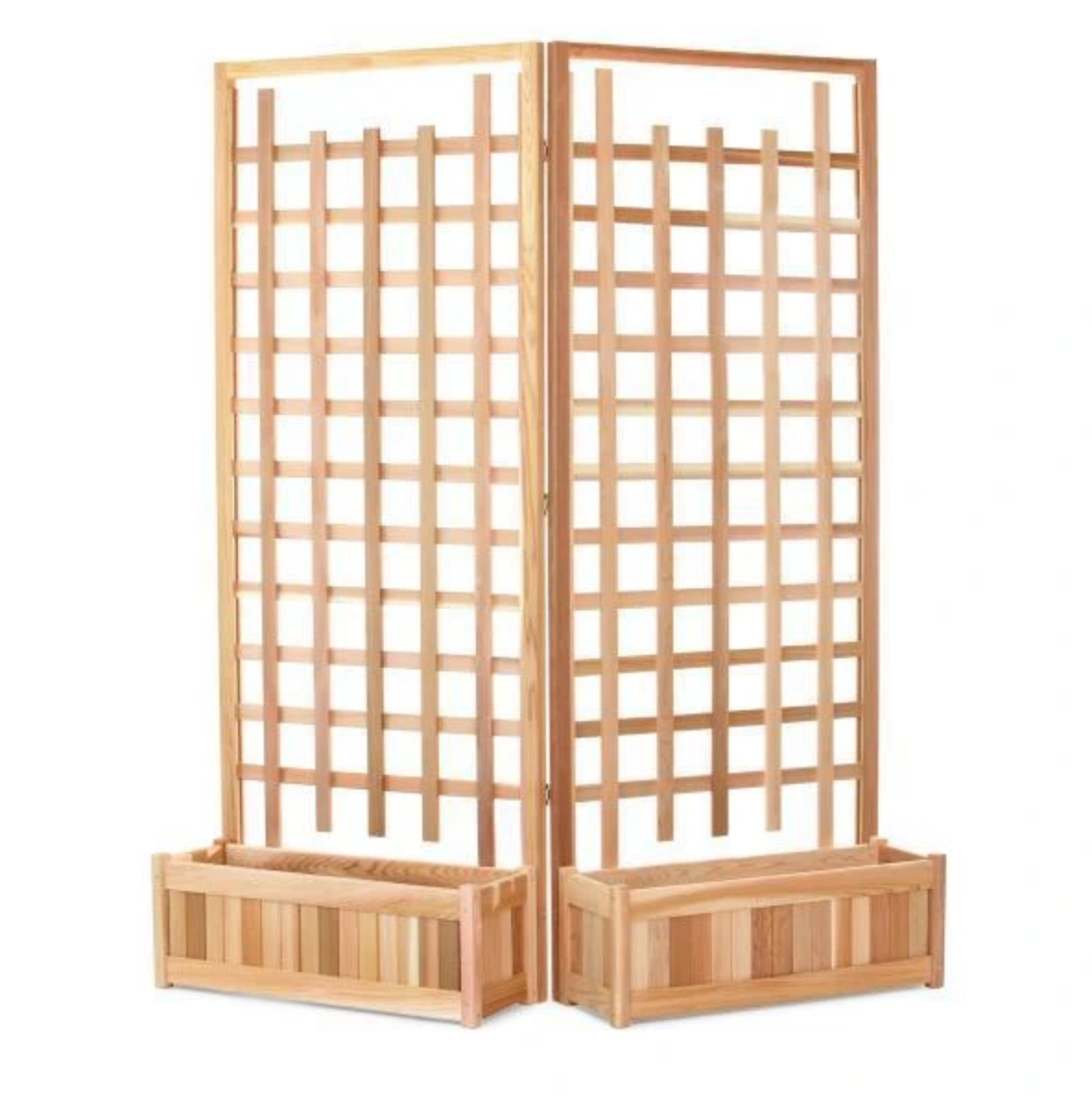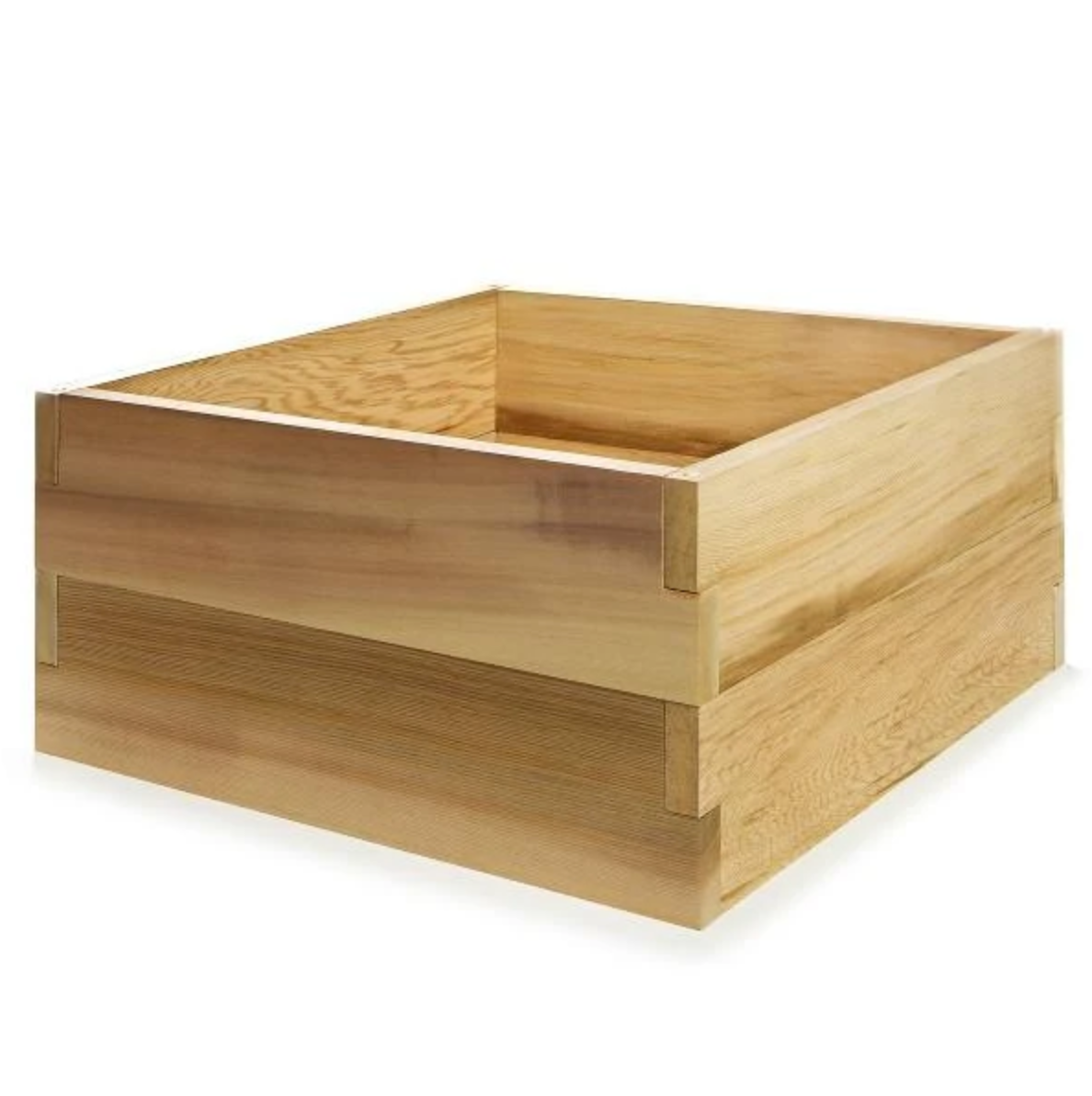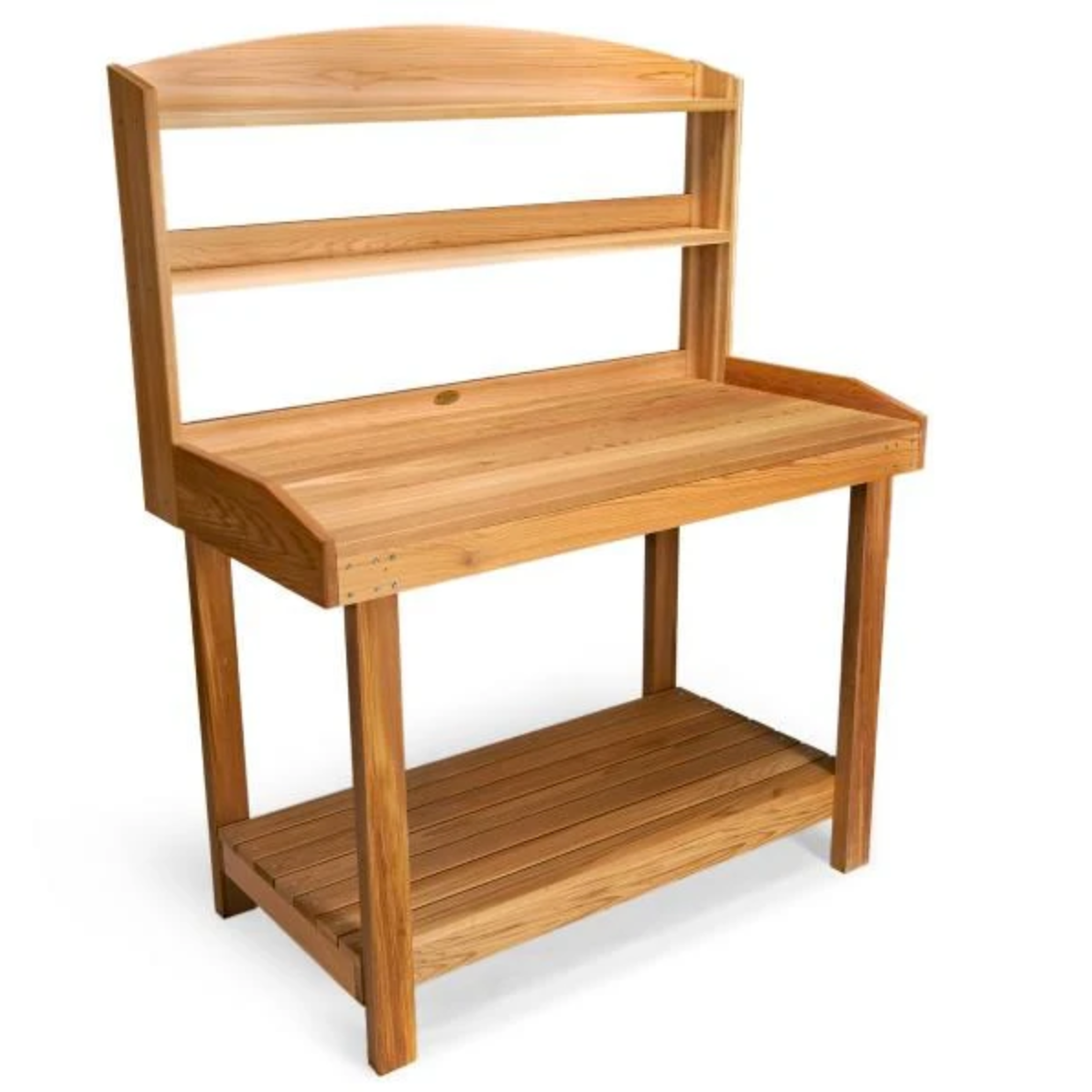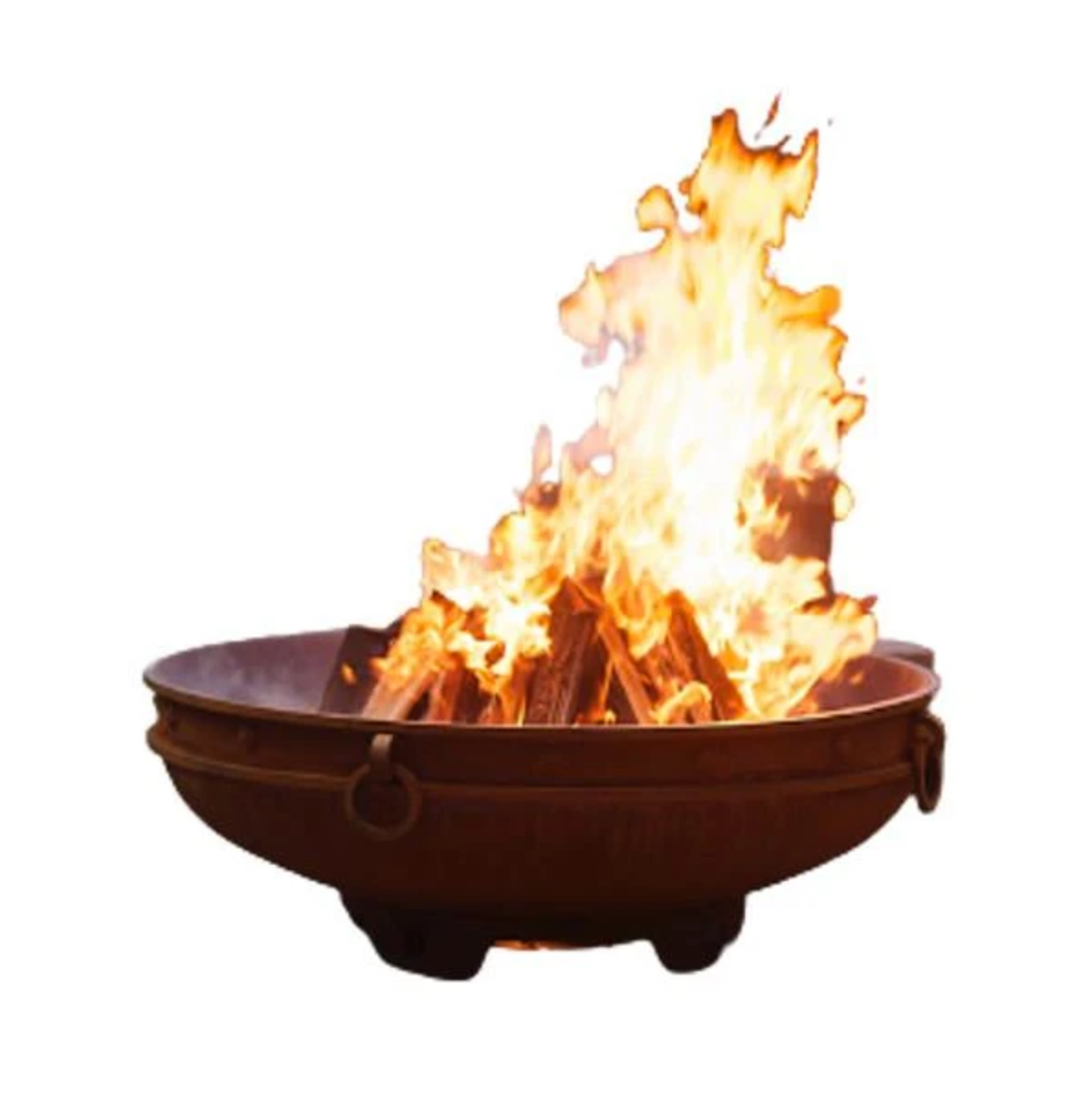Your Cart is Empty
FREE SHIPPING ON EVERY ORDER
Menu

FREE SHIPPING ON EVERY ORDER
Swings
Benches
Tables & Chairs
Home & Garden
Tree Roots in Drains: What You Need to Know
Tree roots and drains don’t mix. What starts as a small crack in an underground pipe can quickly become a bigger problem when nearby tree roots find their way in. Most of the time you won’t notice anything until the damage is already done. But once roots get in your drains they can block water flow, break pipes and cause sewage backups.
If you own a home with trees on the property or even just nearby, it’s important to know how this happens, what to look for and how to deal with it before it gets out of hand.
Tree Roots in Drains
How Do Tree Roots Get Inside Pipes?
Tree roots are always looking for water. Pipes that carry wastewater or stormwater release small amounts of moisture into the soil through tiny cracks or joints. That moisture attracts roots. Over time the roots work their way into the pipe through those small openings.
At first it might just be a hair-thin root slipping into a tiny gap. But roots grow fast, especially when there’s a steady supply of water and nutrients. Eventually they expand and multiply and what was once a small problem becomes a full blockage or pipe collapse.
This is especially common in older homes with clay or concrete pipes. These materials are more prone to cracking and joint movement. But even PVC pipes aren’t immune if they’ve been damaged or poorly installed.
Why It’s More Than You Think
It’s easy to brush off a slow draining sink or a gurgling toilet especially if everything seems to be working well enough. But when tree roots are involved small signs often point to something more serious under the surface.
Once roots are in a pipe they don’t just stay there, they grow. As they spread they can block water flow, cause pressure to build and even break the pipe open. The more damage there is the more water leaks into the soil which attracts even more roots. It’s a cycle that gets worse over time.
One of the lesser known risks of root intrusion is the added pressure it puts on your plumbing. Damaged pipes are more likely to burst. If you’ve ever wondered why pipes burst, this kind of structural weakening is often part of the reason especially when combined with other issues like corrosion or shifting soil.
What Are the Signs Roots Are in Your Drains
The good news is tree root problems don’t come out of nowhere. There are warning signs and catching them early can save you from bigger trouble down the road.
Here’s what to look for:
-
Slow draining in sinks, showers or tubs
-
Toilets that gurgle or bubble when flushed
-
Recurring clogs in the same drains even after clearing them
-
Bad smells coming from drains or outdoor grates
-
Unusually green or damp patches in the yard especially near sewer lines
These might not always be root intrusion but if you’re seeing more than one it’s worth looking into. A professional plumber can inspect the pipe with a camera to see what’s going on underground.
What to Do if Roots Are Already in Your Pipes
If a plumber confirms roots have made their way into your pipes there are a few different approaches depending on how bad the situation is.
-
Cutting the roots out: A mechanical tool can be fed into the pipe to cut away roots. This is usually a short-term solution since the roots will grow back unless the pipe is sealed or replaced.
-
Using root-killing treatments: Some plumbers use chemicals designed to slow or kill root growth. This may help keep things under control but like cutting it doesn’t fix physical pipe damage.
-
Pipe relining: If the pipe is still structurally sound, it can sometimes be repaired from the inside by adding a new lining. On average, sewer pipe relining costs about $2,000 for the first meter, with an additional $550 to $660 per meter after that. It seals cracks and helps keep roots from coming back.
-
Replacing the pipe: In more serious cases the damaged section of pipe may need to be dug up and replaced entirely. This is the most expensive option but is sometimes the only one that will solve the problem for good.
How to Prevent It From Happening Again
Once you’ve dealt with the problem or if you’re trying to avoid it in the first place there are a few ways to keep roots away from your drains.
-
Locate your pipes before planting trees or shrubs. Avoid planting anything with deep or aggressive roots near your sewer lines.
-
Choose the right trees. Some species are notorious for invasive roots. Willow, poplar and fig trees are among the worst offenders.
-
Install root barriers if you need to plant trees near underground pipes. These can help redirect roots away from your plumbing.
-
Get your drains checked regularly, especially if you live in an older home or have a lot of vegetation near your plumbing system.
Why Early Action Matters
Tree roots in drains aren’t a big deal until it happens to you. What starts as a slow drain or weird noise can turn into a major repair or even a full pipe replacement. Catching the warning signs early and getting regular inspections can save you from expensive surprises.
If you’re already dealing with recurring drain problems and nothing seems to fix them it might be time to look underground. A quick check now can prevent a big repair later. Being proactive with your plumbing isn’t just about saving money, it's about keeping your home running smoothly.
Also in News
US
United States
Dec 17, 2025 14:46
Product Tag :
Product Collection :
×
